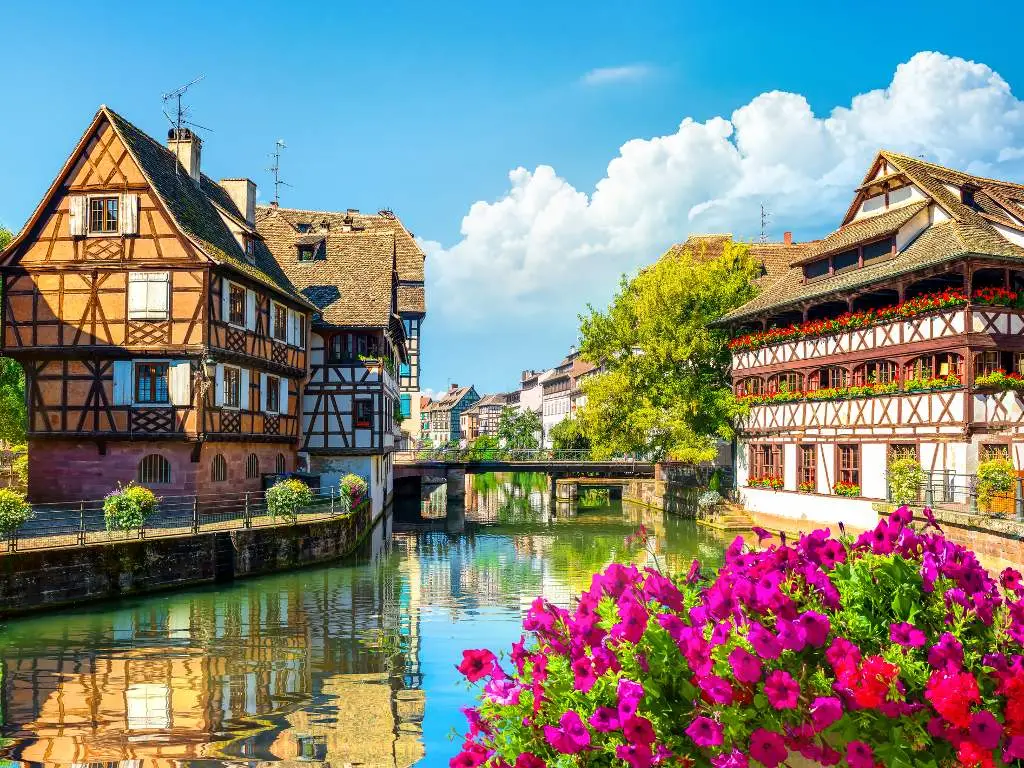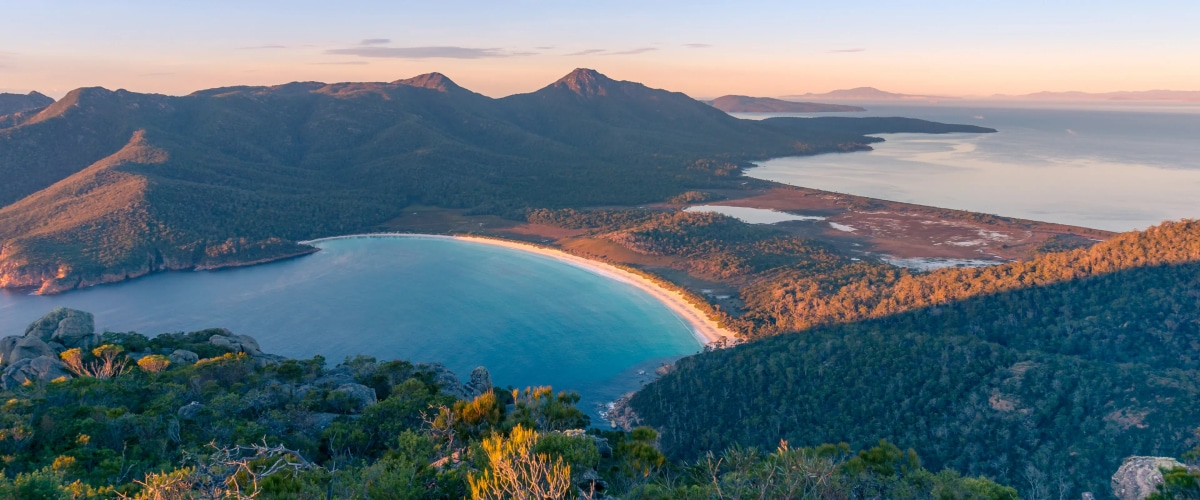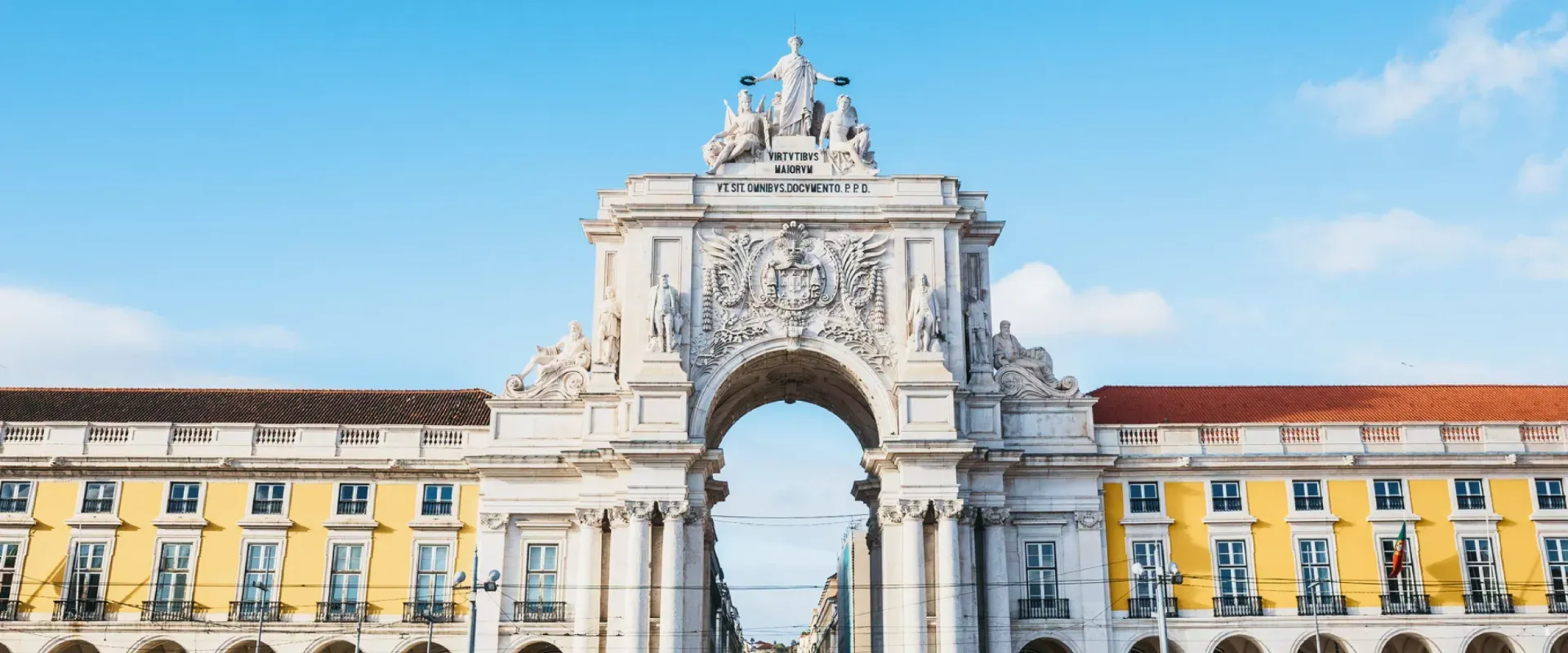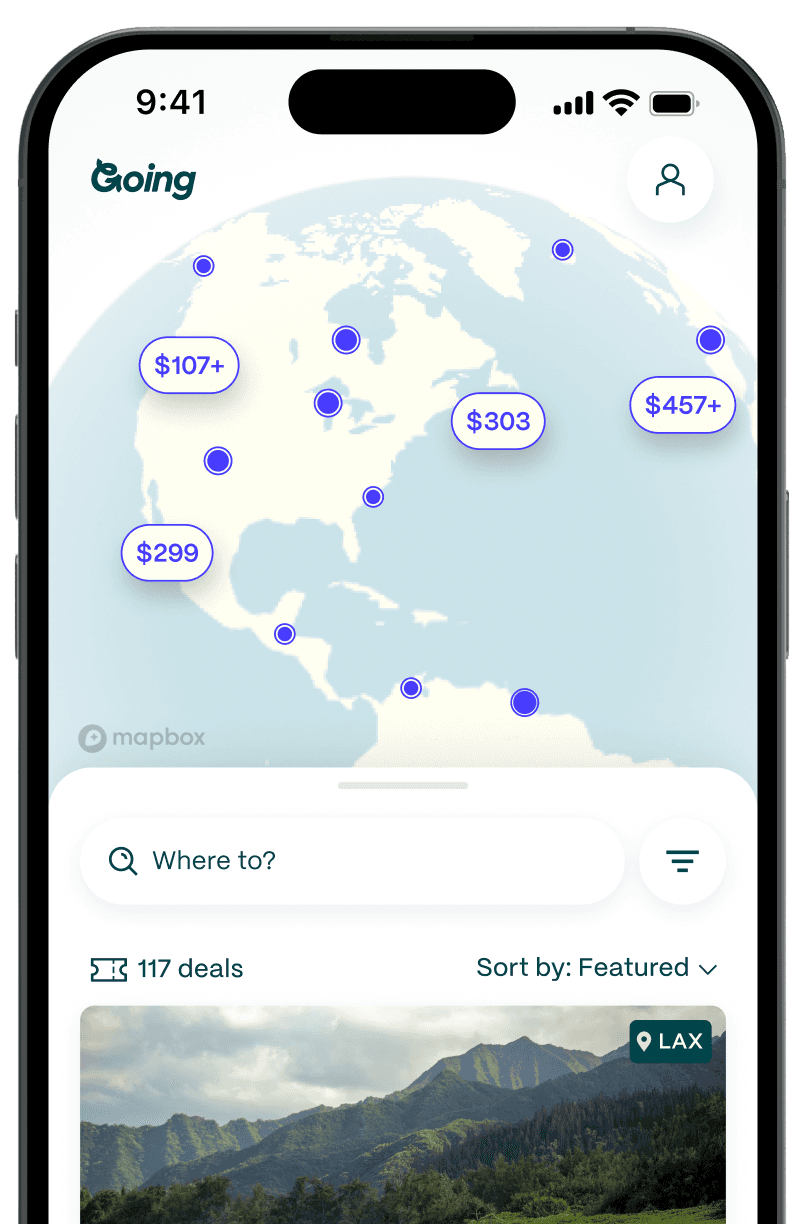
Pristine Camps: A Luxe Glamping Experience in Argentina's Salinas Grandes
On the edge of Argentina’s Salinas Grandes de Jujuy salt flat—the third-largest salt flat in the world—Pristine Camps is a luxury hotel scattered across four dome accommodations.
The camp is the only accommodation located on the flat, which formed over millions of years. First, volcanoes spewed enough minerals to create the beginnings of salt, and then rain and evaporation did the rest, developing over time a layer of salt about a foot deep that covers 82 square miles.
My first glimpse of the camp was from a distance as I approached in a truck driven by Eva, one of the Pristine Camps guides. When viewed across the vast expanse of white salt, the domes appear like golf balls sticking out of snow. Out here on the salt flat, everything looks so far away it can feel like you’re lost at sea. Even once we reached the domes, the otherworldly feeling persisted. I felt like I was on the set for the planet Crait in Star Wars Episode VIII. (It was filmed just 200 miles to the north on the salt flat of neighboring Bolivia).

Thankfully, the domes themselves are full of earthly delights. There are four domes built on wooden platforms (to protect the salt flat’s ecosystem), and each sleeps two or three people. The dome I stayed in was spacious yet cozy, with a fire crackling in the fireplace and an extra heater. It was equipped with a king-size bed, a closet area with a mini-fridge stocked with decadent snacks (like chocolate-covered almonds), and various alcoholic and non-alcoholic drinks. The bathroom had a fantastic rain shower and was more of a nice hotel bathroom than the semi-camping bathroom I expected, and it was fully stocked with biodegradable products.

By far, the best part of the dome was the view. The south side was all windows, looking across the salt flat to the 19,460-foot-high, snow-capped Mount Chañi. (The next day, I discovered the other best parts of the domes are the wood-heated hot tubs.)
I arrived in time for afternoon tea, a buffet of baked treats, fruit, and drinks. The coffee was excellent, though the wine was also tempting. Argentine wine is outstanding, but I had been warned to take it easy on my first day at altitude; Salinas Grandes is at 11,320 feet (3,450 meters) above sea level—more than double the elevation of Denver.
All the meals I ate at Pristine Camps were delicious, but dinner was the star, with multiple options for appetizers, mains, and desserts. The first night I tried a quinoa salad topped with a rose of avocado slices, followed by grilled sea bass, then white chocolate mousse floating in a lake of raspberry coulis for dessert.

Each day, guides took us on excursions to fascinating places, like Barrancas, where petroglyphs and pictographs document the llama caravans that passed through the canyon for at least 2,000 years. As we entered the canyon, orange cliffs rose on both sides, and it was easy to imagine lines of llamas parading by, loaded with goods to trade. The locations of the petroglyphs are not marked, partly to protect them and partly because so few people venture this way, so a guide is essential.
It’s also vital to have a guide when traversing the flat. It may look easy to drive on, but there are odd spots where groundwater wells up, creating turquoise pools ringed by salt. Besides dodging holes in the salt, there are also areas where the salt pushes up a foot or two high in long ridges for no apparent reason. It’s even more important to avoid driving across the areas where salt is harvested.
The Indigenous Andean communities who have lived by the salt flat for thousands of years still gather the salt to sell or trade. The salty water just inches below the surface wells up when the surface is removed, forming a new crust as it evaporates. People remove the top crust to sell and wait for it to form again, making this a seemingly limitless resource.
Pristine Camps go above and beyond in creating a luxurious glamping experience and creating an opportunity for regenerative tourism, positively impacting local community development, economic development, and environmental protection. For example, all drinking water is trucked in, and all wastewater is trucked out, ensuring that the camp doesn’t disturb the salt flat's water table. The hotel also uses 100% clean energy and prioritizes the use of local suppliers.
While the salt flat is the main attraction, the sky overhead is another. With the closest city on the other side of Mount Chañi, there is no light pollution in Salinas Grandes, and the stargazing is world-class. At such a high altitude, it seemed like there was very little atmosphere between me and the stars. They didn’t twinkle like they do at lower altitudes but shone so brightly that I could see many of them were green, yellow, or red. The feeling I got during the day of being lost at sea was even stronger at night. I was a tiny speck on an expanse of salt like each star was a tiny speck in a vast sky.
Getting there
- Getting there: The nearest airports are Salta (SLA) and San Salvador de Jujuy (JUJ), which are each a short hop from Buenos Aires. From either airport, you’ll need to rent a car and drive to Salinas Grandes. The drive from Salta is four hours and only two from Jujuy, but Salta has a bigger airport with more flights.
- Average Going price for flights to Salta: $605 RT
How to do it
- Best time to go: The best season is from November through April, during Austral summer. Pristine Camps is closed every year for the month of June for maintenance.
- Cost: A night at Pristine Camps starts around $1,200 for a room based on double occupancy, including three gourmet meals plus teatime/cocktail hour, daily guided tours, nightly stargazing, and transfer to the camp from a secure parking area at Tres Morros.
- Tips & considerations: This area is at a high altitude, and you should take it easy if you’re coming from sea level.
More South American destinations:
Last updated July 11, 2024









